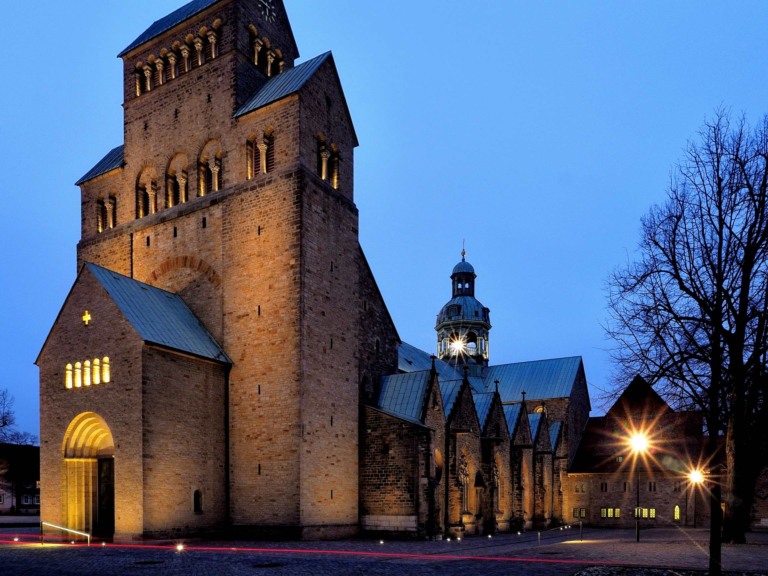
In Hildesheim, Germany, there are two important church buildings: Hildesheim Cathedral and St. Michael’s Church. Hildesheim Cathedral was built in the 9th century and has been fixed up and added to many times since then. The Bernward Doors, which are huge bronze doors with pictures from the Bible and are considered masterpieces of medieval art, are one of the most famous parts of the church. There are also many medieval works of art in St. Mary’s Cathedral, such as the Hezilo chandelier, the Christ column, and the Triumphal Column. Another impressive church building in Hildesheim, St. Michael’s Church, was built in the 11th century and is famous for the way it combines Romanesque and Ottonian types of architecture in a way that no other building does. The church is known for its tower, which is about 100 meters (328 feet) tall and has a lot of paintings and reliefs on it.
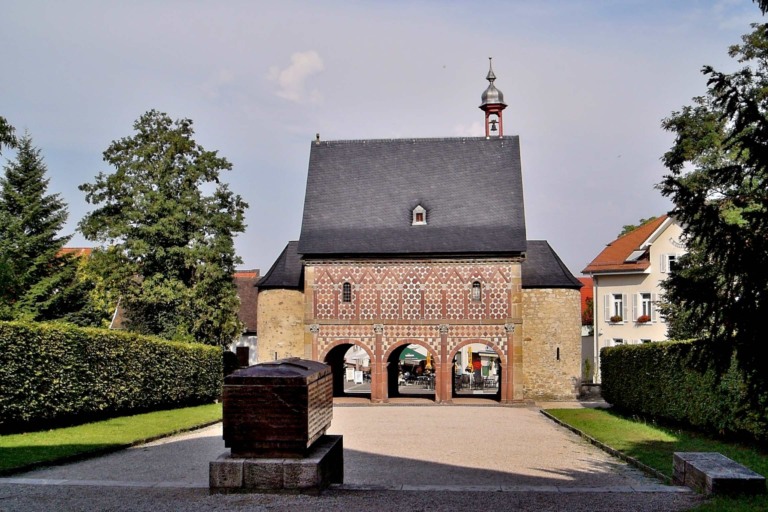
Lorsch Abbey, aka Kloster Lorsch or Reichsabtei Lorsch, is a former Imperial abbey in Lorsch, Germany. In the Carolingian Empire, it was one of the best-known monasteries. Even though they are in ruins, what is left of them is some of the most important pre-Romanesque-Carolingian architecture in Germany. Its history is written down in the Lorscher Codex, which was made in the 1170s and is now in the state archive at Würzburg. In 764, the Frankish Count Cancor and his widowed mother, Williswinda, started the abbey on their farm, Laurissa, as a proprietary church (Eigenkirche) and monastery. It was made in honor of Saints Peter and Paul. Chrodegang, Cancor’s cousin and the Archbishop of Metz, was put in charge of running the monastery by its owners. He became the first abbot. Benedictines from Gorze Abbey, near Metz, moved to the area and set up the abbey.

Naumburg Cathedral, aka Naumburger Dom, is a medieval cathedral located in Naumburg, Germany, renowned for its exceptional Gothic and Romanesque architecture, impressive sculptures, and rich history. The cathedral is dedicated to St. Peter and St. Paul and stands as a testament to the religious and cultural heritage of the region. One of the most notable features of the cathedral is the West Choir, which houses the famous Naumburg Masterpieces. These sculptures, created by an unknown artist known as the Naumburg Master, depict the founders of the cathedral, Uta and Ekkehard, as well as other significant figures. The cathedral features beautiful Gothic-stained glass windows that add to its overall aesthetic appeal. These windows often depict biblical scenes and figures. The construction of Naumburg Cathedral began in the 13th century and continued over several centuries. The cathedral has witnessed various historical events and has undergone modifications and renovations. Here are some key points about Naumburg Cathedral:

Pilgrimage Church of Wies is an oval Rococo church that was built in the late 1740s. It is in the German state of Bavaria, in the town of Steingaden
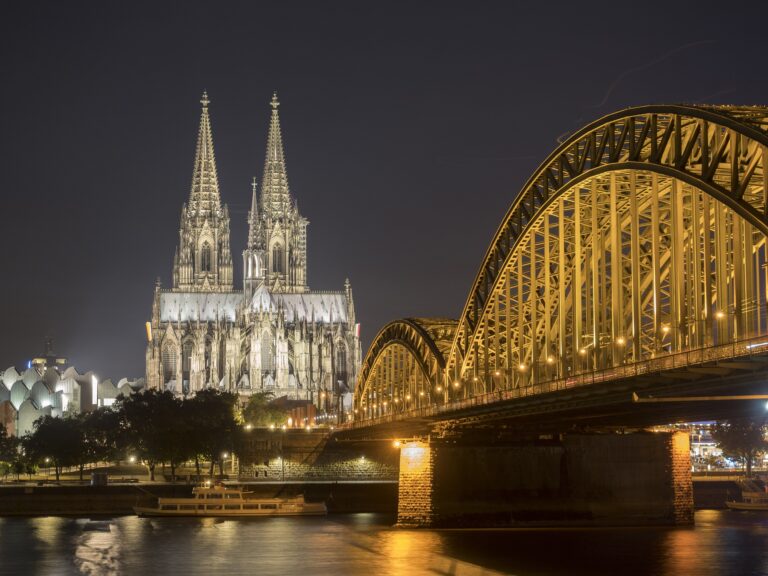
Facts and History: Cologne Cathedral was begun in 1248, but it was not completed until 1880, having been built in stages over the course of seven centuries.

Aachen Cathedral, or Aachener Dom, stands as a historic Roman Catholic church with a storied past in Aachen, Germany. Its roots trace back to the era of Charlemagne, who commissioned the cathedral’s construction and was later interred there in 814. As one of Europe’s oldest churches, Aachen Cathedral played a pivotal role in the annals of the Holy Roman Empire. Over the course of history, the cathedral served as the hallowed ground for the coronations of thirty-one German kings and twelve queens. This tradition spanned from 936 to 1531, predominantly occurring in the Palatine Chapel. Notably, in 1978, Aachen Cathedral received the distinction of being among the inaugural twelve UNESCO World Heritage Sites. This esteemed recognition was conferred for its exceptional contribution to the history of the Holy Roman Empire and its architectural and artistic significance.
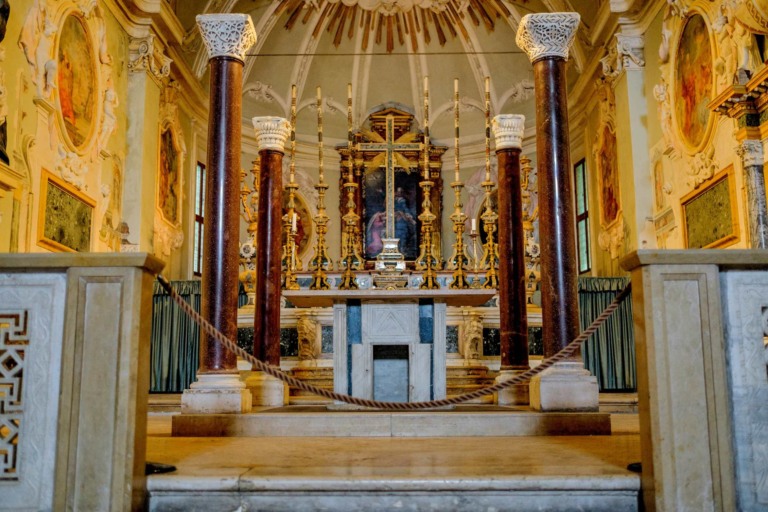
Ravenna was the 5th-century Roman capital. It was Byzantine Italy's capital from 6th to 8th centuries and became a UNESCO World Heritage Site in 1996.
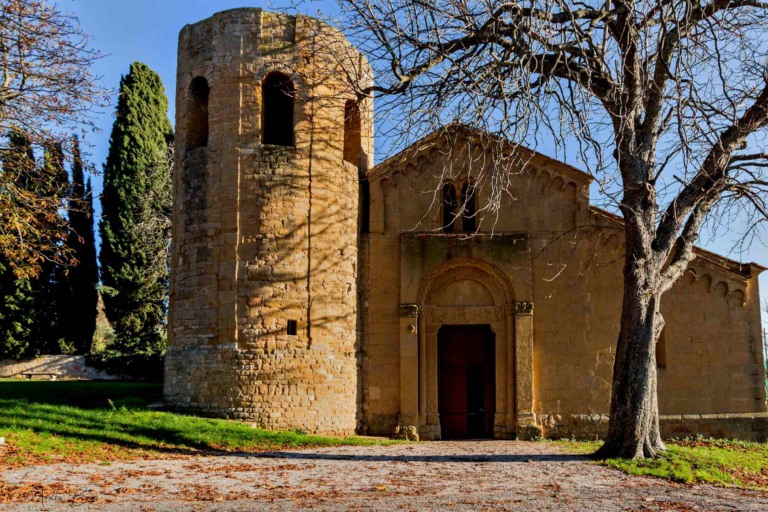
Historic Centre of the City of Pienza, Italy, was named a UNESCO World Heritage Site in 1996, and the whole Val d'Orcia valley was added in 2004.

San Gimignano is a relay point for pilgrims, 56 km south of Florence, in the Tuscany region of Italy, and was a UNESCO World Heritage Site from 1990 onwards.
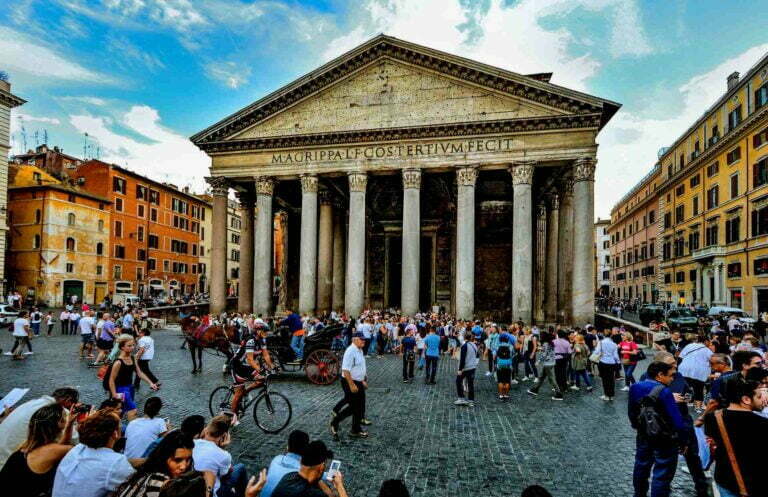
The Pantheon in Italy is one of the Roman buildings that has survived the best. Senator Marcus Agrippa built the Pantheon in 25 B.C.
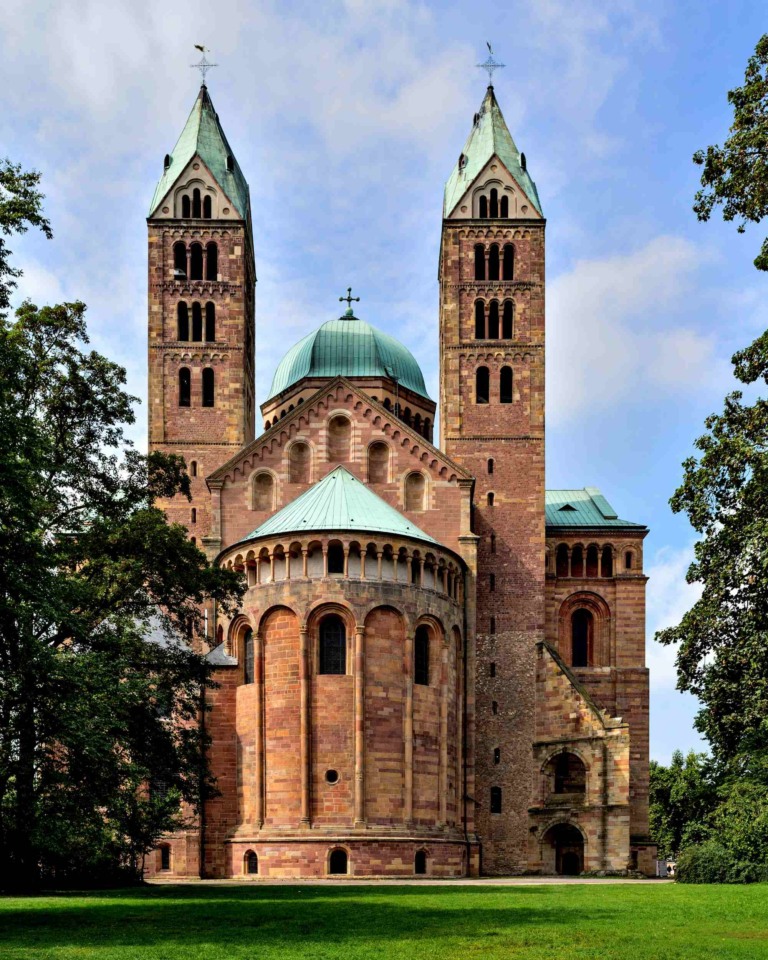
Speyer Cathedral, officially known as the Imperial Cathedral Basilica of the Assumption and St. Stephen, is one of the most significant examples of Romanesque architecture in Germany. The cathedral’s story begins with Konrad II, who, in the year 1030, transformed it into a basilica with a flat roof, a decision that would prove to be of great significance. In 1077, Henry IV struck a historic agreement with the Pope to rebuild the cathedral. This marked a pivotal moment in the cathedral’s history, as it became not only the first but also the largest church in Europe at the time. Its distinctive vaulted ceilings were a testament to the exceptional craftsmanship of the era. For nearly three centuries, Speyer Cathedral served as the final resting place for German kings and queens, making it a place of immense historical and cultural importance. Here is a brief history of Speyer Cathedral, along with some archaeological facts:










